The Spectacular Atelier de Chronométrie AdC#8 Split-Seconds Chronograph
An absolutely stunning haute horlogerie watch based on an old Venus 185 movement.
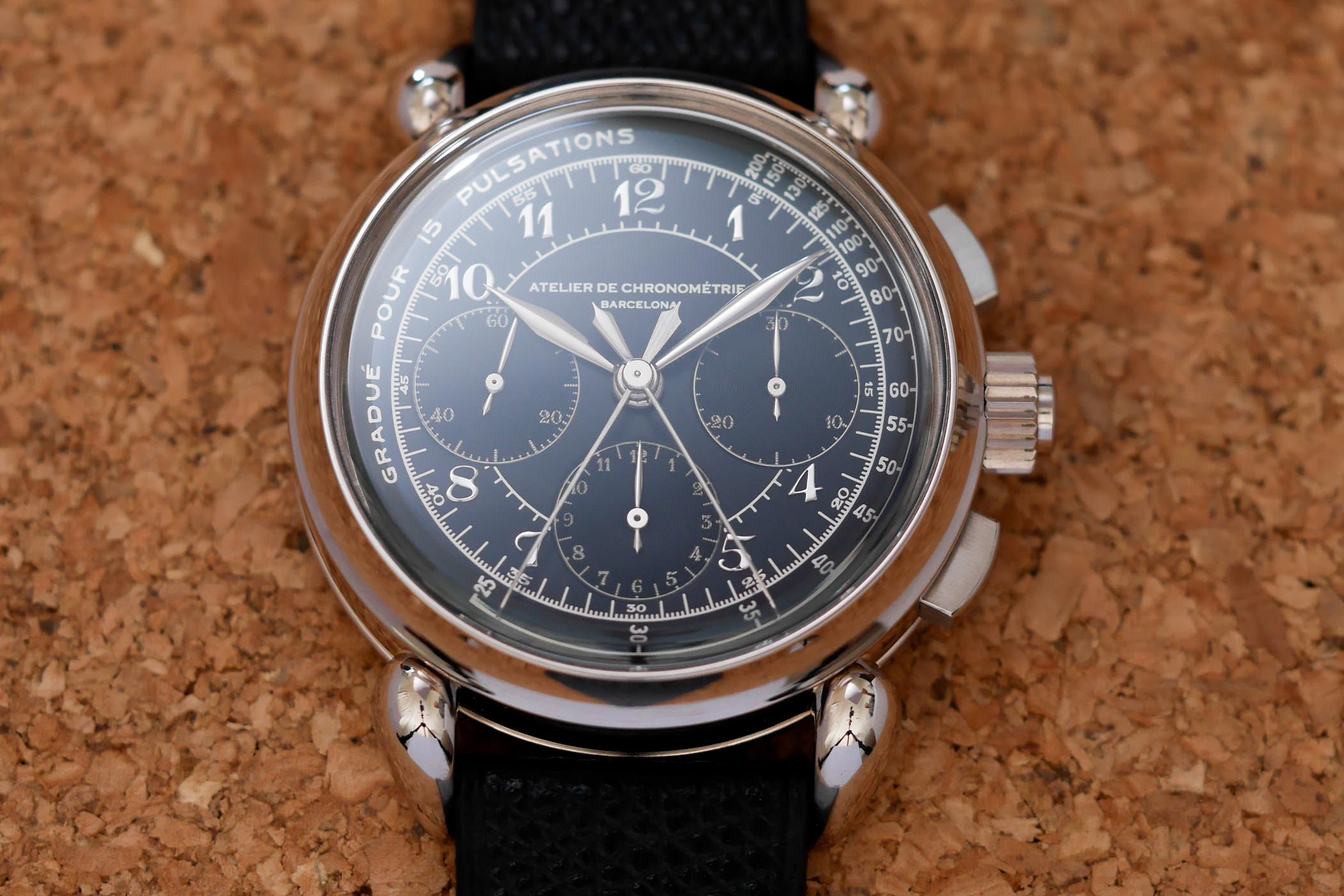
Atelier de Chronométrie is something special in the watchmaking scene… Truly special. And what these Barcelona-based guys are doing is absolutely fascinating. ‘Handmade’ takes on its original meaning here and wristwatches in the Atelier are crafted in the good old traditional way. Specialized in 1940s-styled watches based on revived vintage Omega calibres, what you’re about to see is level 2 of Atelier de Chronométrie, an absolutely stunning Haute Horlogerie, hand-crafted, unique Split Seconds Chronograph that I’d love to wear upside-down, just to dive into this superb movement.
Today, we’ll start immediately with the movement. Not that the habillage isn’t worthy of being mentioned – far from that, actually – but the engine inside this watch is a masterpiece, a dream machine for chronograph and independent watchmaking lovers. And this is exactly the raison d’être of this watch, which was a special order from a collector of indie watchmakers from California who wanted his dream watch to become a reality. He came up with the challenge, and a first for Atelier de Chronométrie: to create a rattrapante (split-seconds) chronograph with the AdC style.
Based on a vintage ébauche, entirely reworked by hand
The first step was to source the movement, a calibre good enough to be entirely reworked and redecorated to meet with AdC (very high) standards. And the choice was a vintage calibre Venus 185, a movement produced from the 1940s to the late 1960s and seen, for instance, in Breilting Duograph watches. This movement starts its life at Atelier de Chronométrie as a relatively unfinished calibre, as it used to be in vintage watches, and then comes to life with the AdC touch.
From the 280 parts inside the Venus 185, 50 new parts have been created entirely by hand and with traditional machines (no CNC here). This concerns mostly bridges and steel parts, including three bridges made in Arcap – for instance, the cock that has the typical sharp shape found on most watches by AdC. The rest of the 230 parts have been modified and decorated by hand too. This movement, which runs at 18,000 vibrations/hour and boasts 36 hours of power reserve, remains technically unchanged. The chronograph is actuated by two classical pushers and the rattrapante by a co-axial push-piece in the crown.
The pièce de résistance is the decoration of the movement. True Haute Horlogerie finishing is applied to every single part. The plate and bridges have a grainage finish and are 18k pink gold-plated. All the edges are bevelled and polished, the countersinks are polished and there are etirages des flancs (straight graining). Purple black polished and bevelled screws are visible too. Steel parts are either black polished with anglage or straight-grained (chronograph levers). The anchor bridge is made of steel and black polished, and so is the rattrapante bridge with its 18k pink gold chaton. The wheels have been rhodium-plated and decorated with anglage and circular satin-finished. Finally, the movement is equipped with a free-sprung balance regulated by 6 masselottes made in 18k rose gold with a black polished stud holder plate, and a rattrapante wheel made of titanium with the AdC symbol.
In more lyrical words, this movement is an impressive demonstration of savoir-faire and delivers immense visual satisfaction, between the usual complexity of an old-school split-seconds chronograph with horizontal clutch and the contrast between the polished and grained parts of the movement… Simply stunning.
A superb vintage-looking rattrapante watch
For many, the movement might be the most attractive part of this Atelier de Chronométrie AdC#8, but the habillage (understand here the non-technical parts) is certainly as desirable as the calibre.
Most of the previous creations by AdC were 3-hand, 1940s-inspired watches with a Calatrava-style case. This AdC#8 is still inspired by glorious past models, but with a different style for the case and dial. The idea of the client was to have a “fancy organic case, where ergonomy was a key requirement“. Designing the case to be as thin as possible and comfortable took the Barcelona team nine months.
The case is 18k grey gold (a high palladium alloy, which is why it doesn’t need to be rhodium-plated) and measures 39.8mm in diameter, with a 15mm height – rattrapante movements are thick… To minimize this thickness, the bezel has a concave profile and the pushers are rectangular, resulting in a rather Patek-ish look. It also features attractive teardrop lugs, which are individually soldered.
Reflecting Atelier de Chronométrie’s love for 1940s watches, the “doctor’s” dial is a black galvanic “gilt” with mirror-polished silvered lettering and scales, which was made by a technique very common in the past but nowadays rare and highly laborious to execute. The dial also features applied Breguet numerals and hands, all executed in grey gold.
Availability & Price
Note that the present watch, as all timepieces produced by Atelier de Chronométrie, is a unique piece designed according to the client’s requirements.
The price of a Split-Seconds chronograph starts at EUR 85,000 and will change depending on the options for materials and design. And while it certainly is not cheap, it seems to be a fair price for a one-of-a-kind, entirely custom-built rattrapante chronograph in gold with an impressive level of hand finishing and decoration.
More about the brand and orders at www.atelierdechronometrie.com.

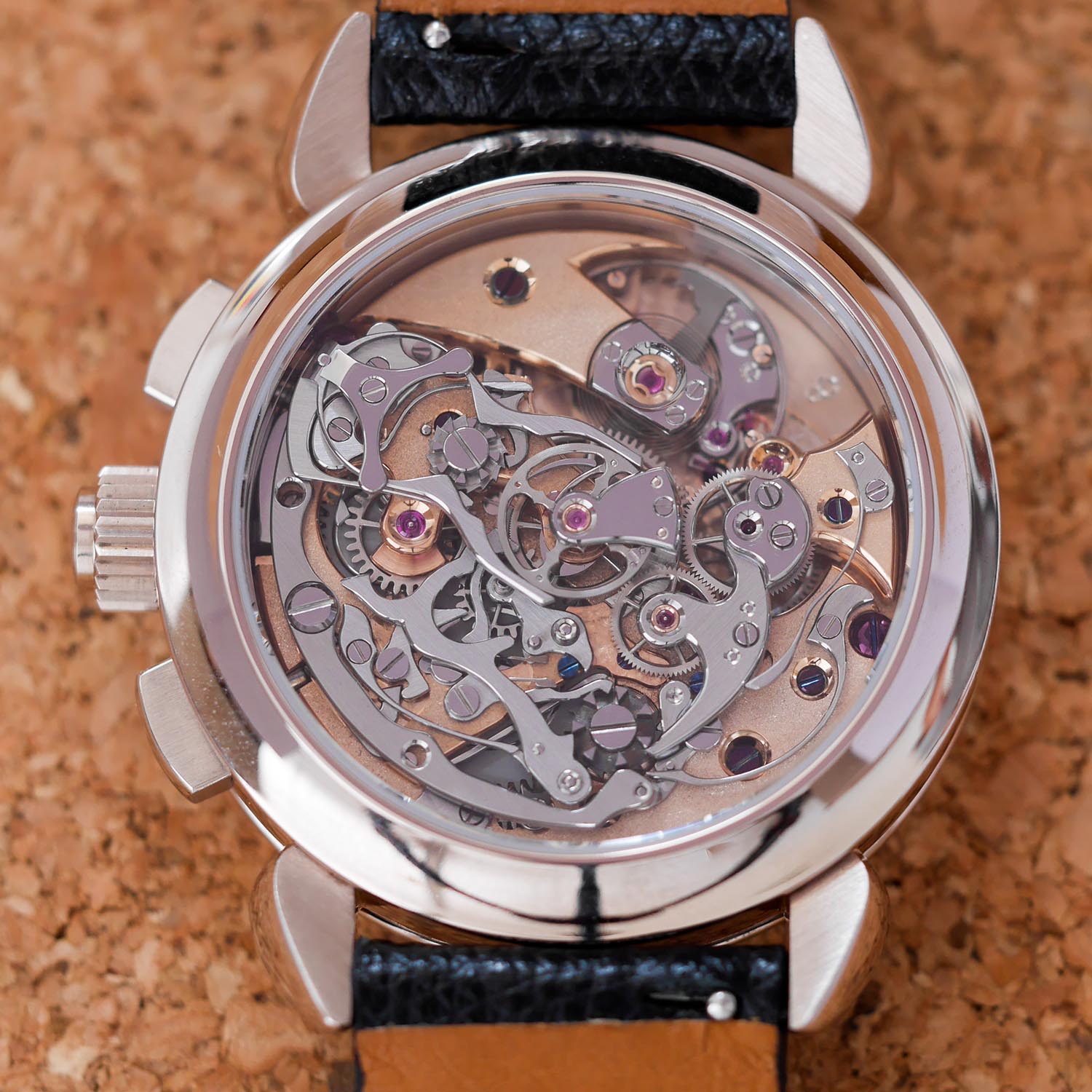
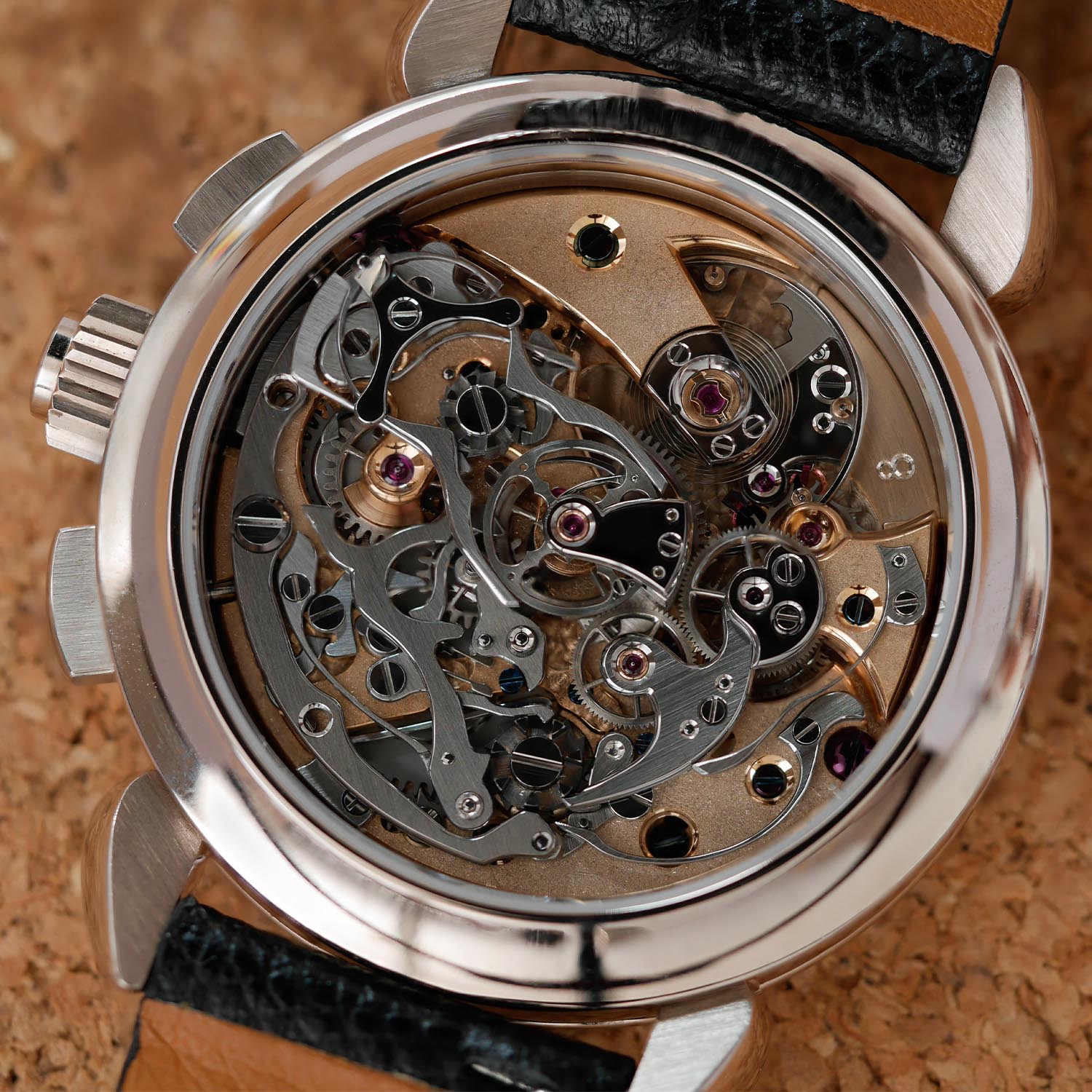
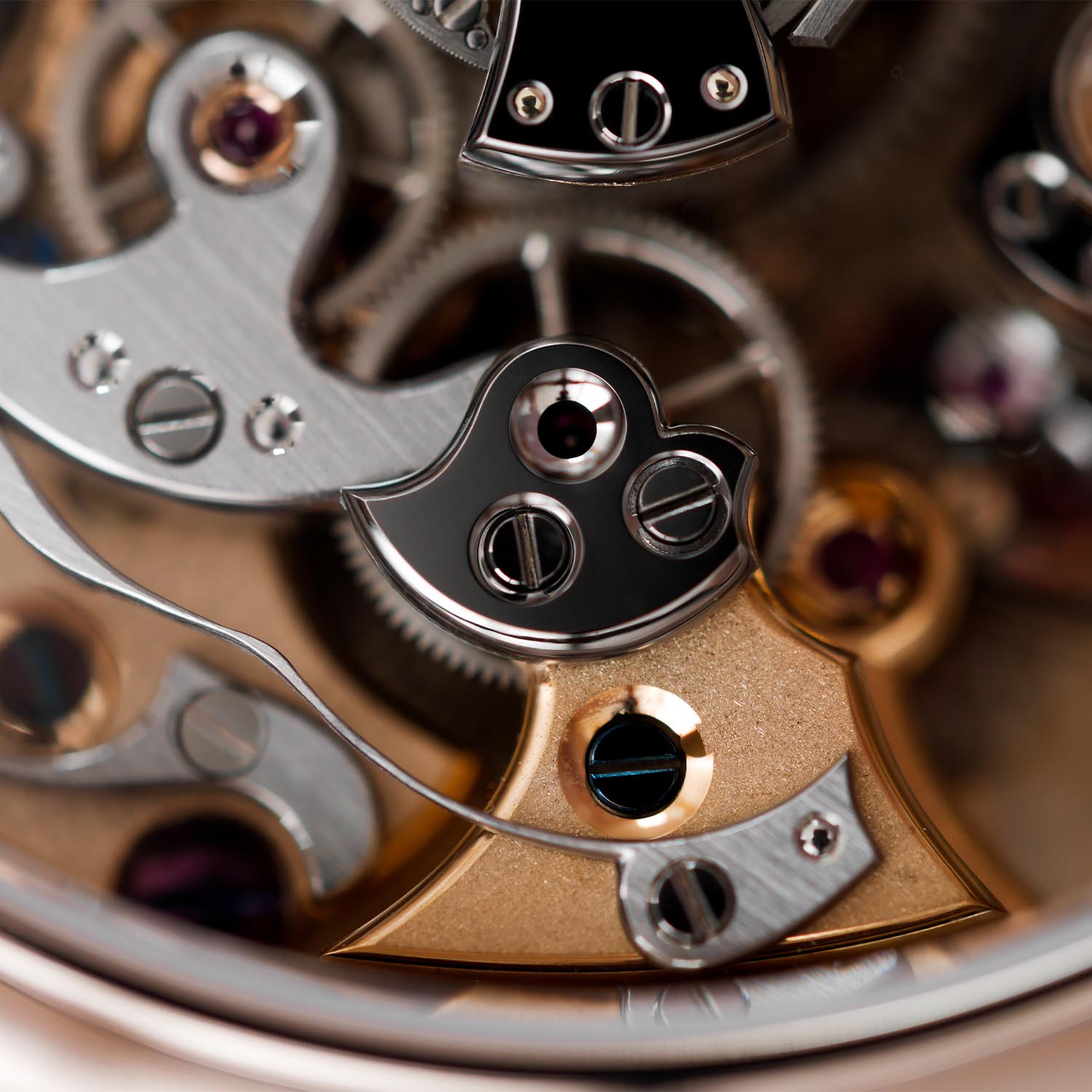
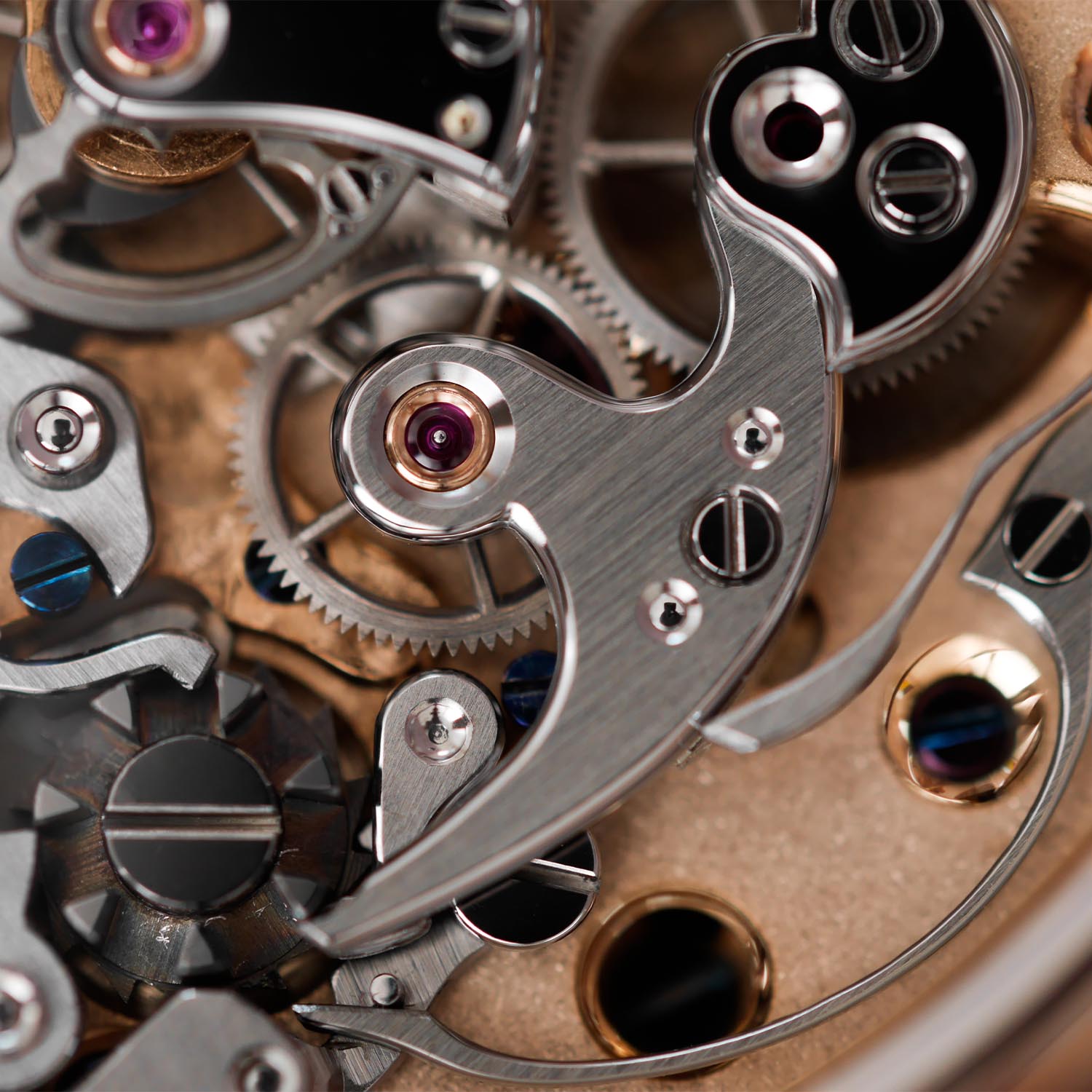
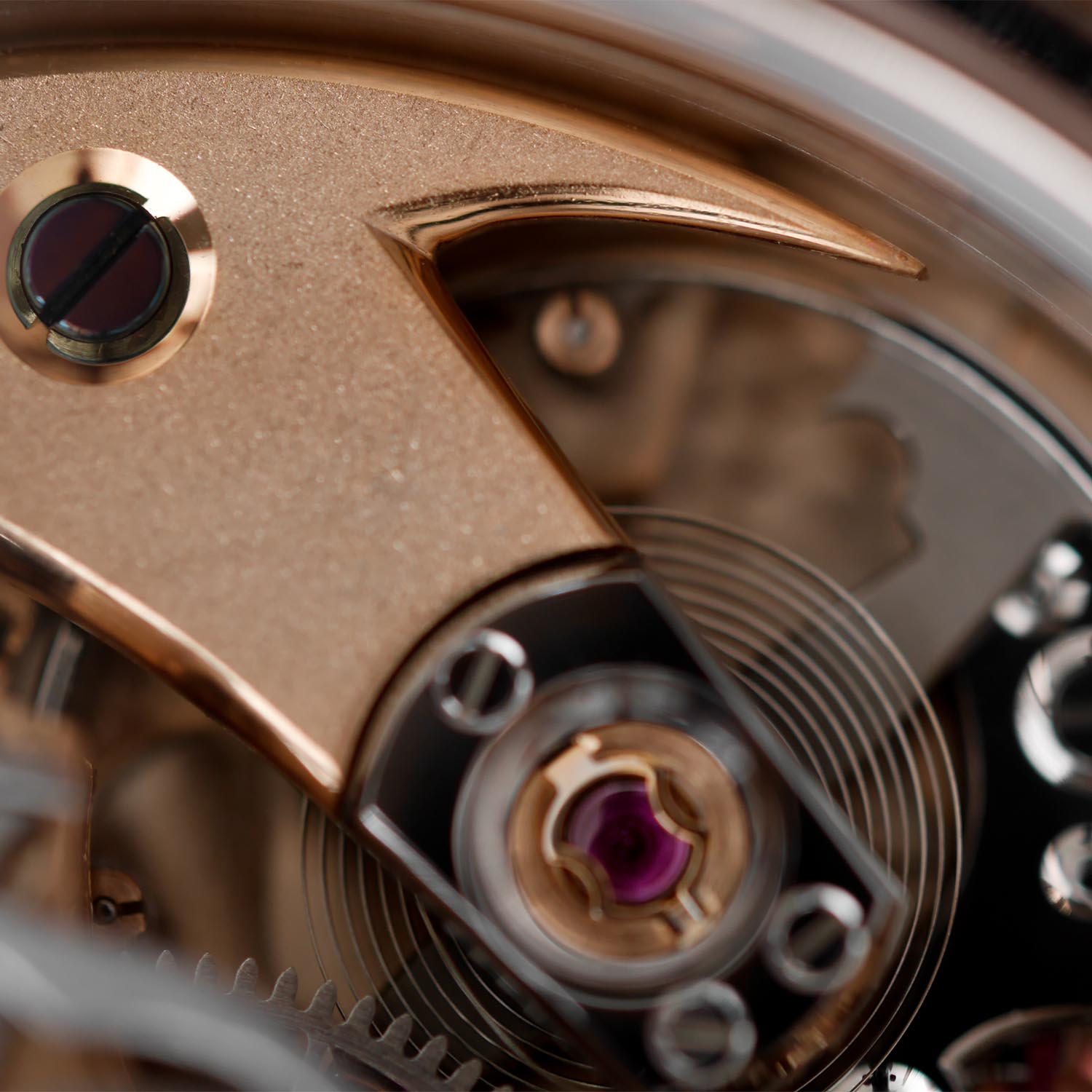

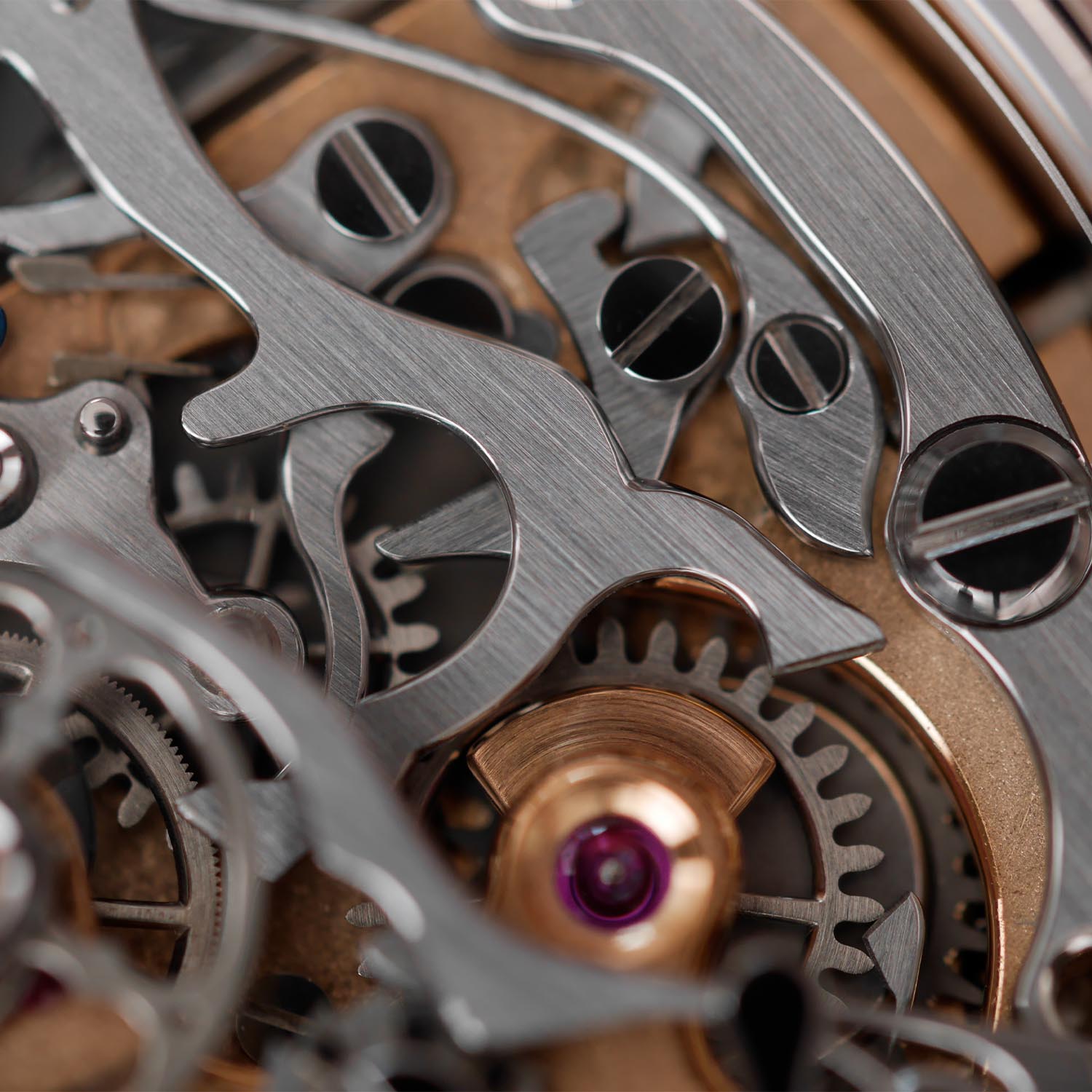
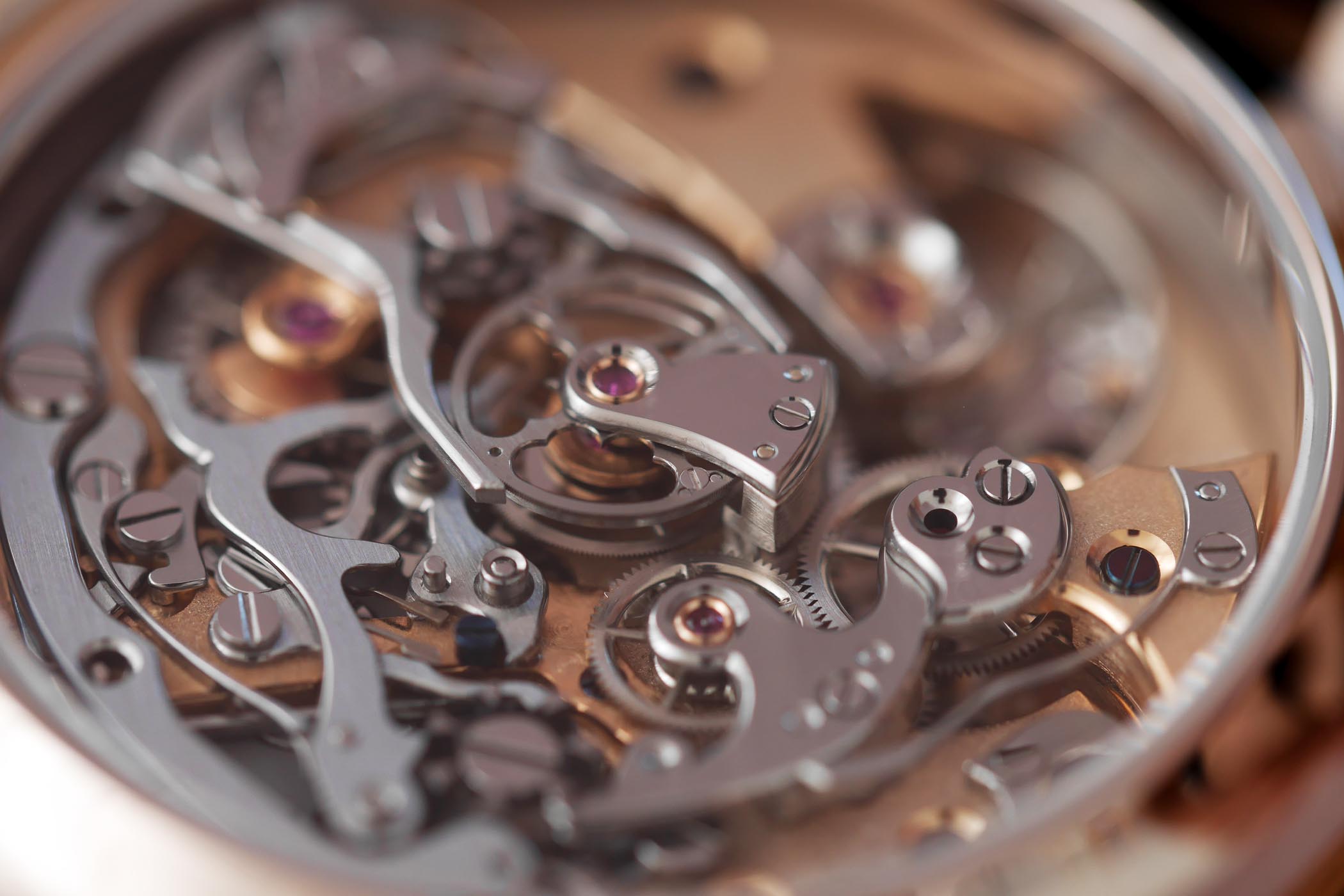



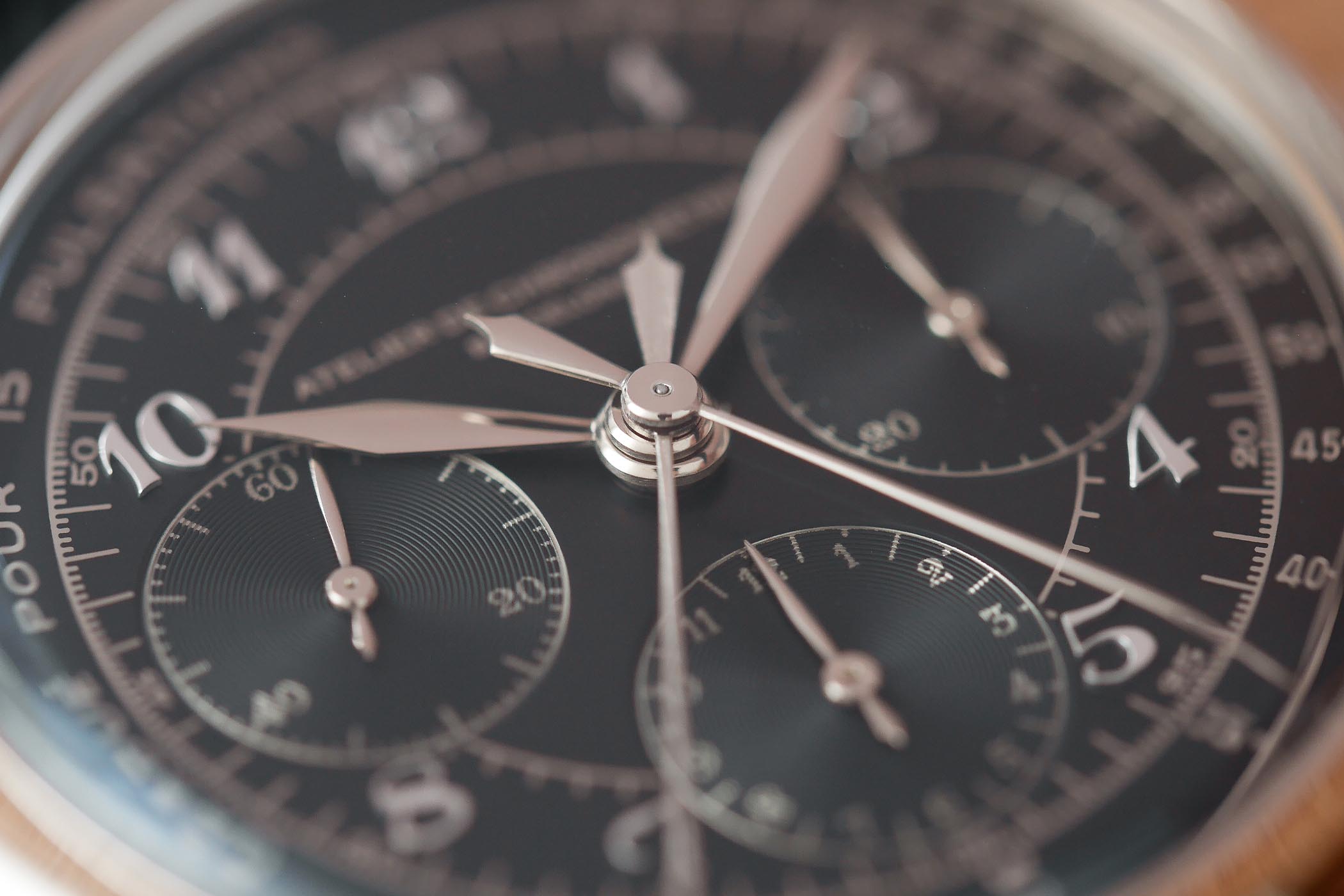



1 response
An amazing watch in every aspect.